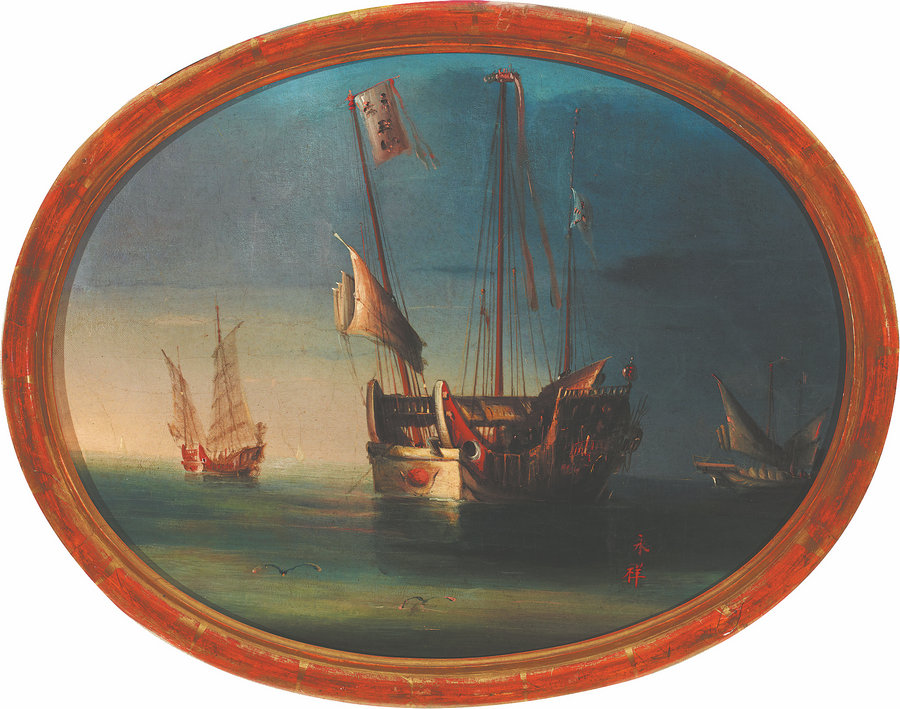Picturing a lost era
Exhibition examines how China was portrayed, literally, before photography boomed, Lin Qi reports.
By Lin Qi | China Daily | Updated: 2024-03-25 06:35

Pupils and competitors
When Chinnery taught his Chinese counterparts to create in the Western style, he might not have expected that, one day, these talented and hardworking pupils would outperform him, and even take over his market.
Devoted to painting from a young age, by the time he was 17, Chinnery began to make a name for himself when his work, a portrait of his father, was shown at the Royal Academy of Arts in London. He left England in 1802 to sail to India, and never returned. Decades later, he relocated from India to Guangdong and, eventually, Macao, where he lived out the rest of his days. Portrait painting was his main livelihood.
The practice of Western artists helped cultivate a generation of homegrown oil artists, who were also adept at executing watercolor and gouache. At first, they simply copied the works of their European teachers, and then, they learned quickly to paint their own pictures. Perhaps more importantly, they produced them quickly and in large quantities while charging less.
Lyu Peng, art historian and academic host of the Museum of Contemporary Art, Yinchuan, says xiyanghua revealed to the world the life and living environment of the Chinese at that time. However, as photography was introduced to China around the mid-1850s, it gradually overtook these paintings as the main way European visitors documented their experiences. Demand for trade paintings waned, and many painters made the transition to other professions.
"We hope that this touring exhibition will introduce to the general public not only the paintings and those who made them, but also the little-known story of the mutual influence and infusion of diverse cultures," Lyu says.

























